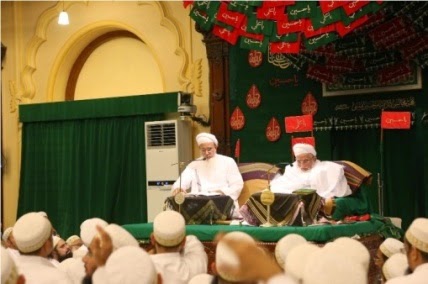Idea of climate and their effects on risks
1.topography
It is a specific zone in point of interest including everything common and man-made i.e. knolls, valleys, streets or lakes, geological forms of the area.
2.terrain/relief
This is the vertical and even extents of the area surface i.e. the lay of the area. It is typically communicated regarding height, slant and introduction of landscape characteristics. Bumpy ranges are cooler than the encompassing land because of high elevation. The windward side encounters a higher precipitation rate than the leeward side, since leeward side is for the most part drier.
3.nearness to water forms
This conservatives the atmosphere. Those living close water forms encounters incessant breezes prompting high precipitation rates.
4.ocean momentum's
This is a ceaseless, coordinated development of seawater created by the powers following up on this mean stream, for example, breaking waves, wind, Coriolis impact, cabbeling, temperature and saltiness contrasts and tides brought about by the gravitational force of the moon and the sun.
5.altitude
This is the stature above ocean level. It is however accepted that the higher you go the cooler it gets to be.
6.latitude.
These are nonexistent lines used to measure distance/location in an equator, either north or south. A spot further from the equator is colder while a spot close to the equator is hotter.
7.wind
It is air in movement. It could be characterized regarding quality, pace and heading. The parts of wind incorporate; speed, thickness of the gas included, vitality substance or wind vitality.
A.impacts OF CONCEPTS OF CLIMATE ON NATURAL HAZARDS
1.drought
This alludes to lacking measure of dampness substance in the climate, soils and water forms. It realized by the stream of frosty sea momentum in a region i.e. the stream of icy and dry air. Ranges placed on the leeward side of the mountain are constantly dry getting least or no precipitation. Regions of mid-scope zones experience dry seasons throughout summer, hence dampness content in the climate gets low.
2.desertification.
It's generally encountered in dry area territories and this has a tendency to make desert like conditions i.e. decrease in dampness content, vegetation spread e.t.c. swamp zones experience wind disintegration and blaze surges, the disintegration that happens diminish gainfulness of the area creating desert-like conditions. Mid scope territories reasons dry seasons throughout summer along these lines the dampness substance is low bringing about desertification in the region.
3.landslide
Landslide incorporates slides, streams and falls of unconsolidated materials. High scope and high height territories experience torrential slides, falls and sidelong spreads because of grating or shear disappointment along a structural characteristic, and the gravitational force.
Wind in manifestation of twisters and anticyclones can trigger the avalanche of a zone by debilitating the structure of the rocks and soils expanding the likelihood of event. This may be as an aftereffect of soaked soils by drizzle water and ground water climb.
4.flooding
Surge is an abundance of water or mud stream ashore that is regularly dry. Sea ebbs and flows may be activate by maritime seismic waves prompting relocation of the sea plates giving ascent in water/sea level ie. Torrents which cause water stream ashore that is close to the water forms. This prompts gigantic or extreme flooding and subsequently loses of property and lives of the victimized people.
Low elevation zones experience flooding in view of high precipitation in high height regions where the overabundance water streams to the low territories along these lines flooding these ranges.
B.impacts OF CONCEPTS OF CLIMATE ON MAN MADE HAZARDS:
1.conflicts
Clash is the contradiction between two or more gatherings which may be as an aftereffect of rivalry of a rare asset. Individuals have a tendency to settle in ranges which are ideal for settlement and rural exercises. These regions may be arable subsequently encounter high profit levels. Rivalry for these rare area territories triggers clashes since those with restricted assets and capacities have a tendency to be underestimated.
2.landslides
This may be initiated by regular human excavation on soak slants (high elevation) through mining, deforestation, impact vibration in a quarry, watering system and water spillages.
3.global warming
This is the increment in the air temperatures which may be as a consequence of expanded worldwide gasses in the environment, for example, carbon dioxide, methane, water vapor, nitrogen, sulfur dioxide and majorly chlorofluorocarbons, per-fluorocarbons and hydro-fluorocarbons which may bring about mechanical exercises.
Deforestation in high elevation regions builds the amassing of carbon dioxide in the climate which may come about to an unnatural weather change.
4.urban flooding
This is a condition majorly created by man-made impedance with the ingestion rate of the area water through urbanization by clearing the surface. Zones close water figures experience urban flooding as solid sea flow and solid winds reasons water uprooting which can't be appropriately emptied and there is nonappearance of enough repositories and dams for unreasonable water stockpiling. Assuming that the landscape is even, the rate of urban flooding expands because of unnecessary sprinkle water.


Comments
Post a Comment